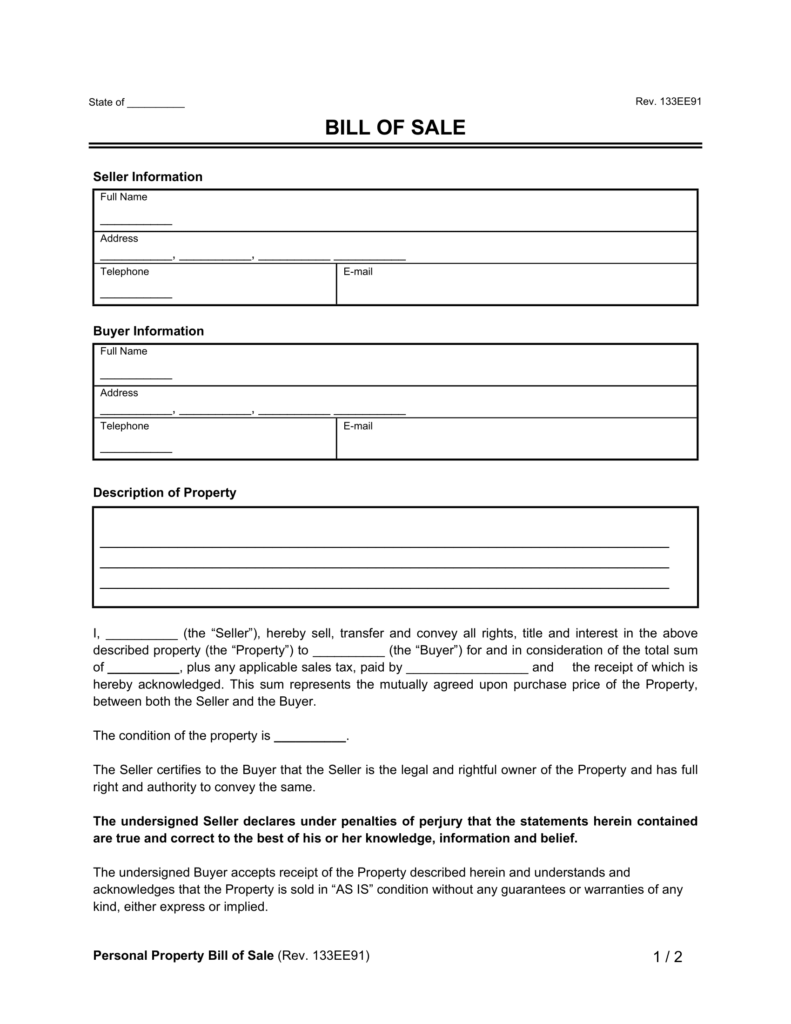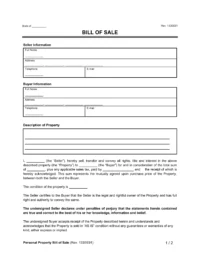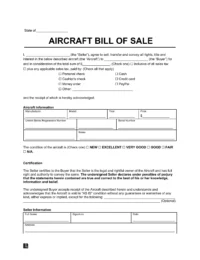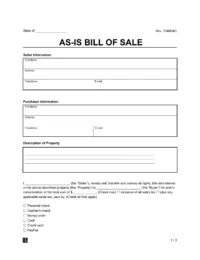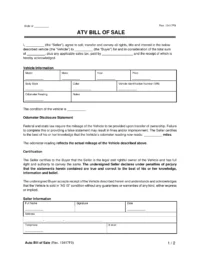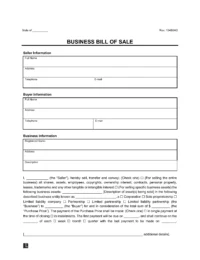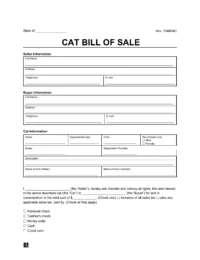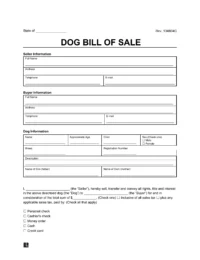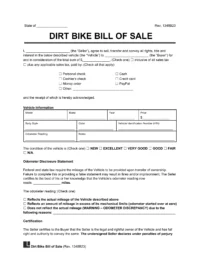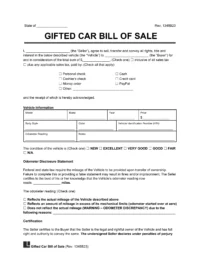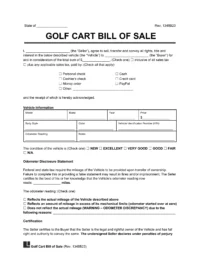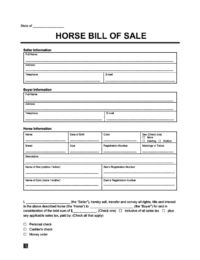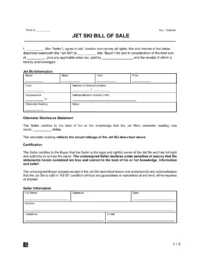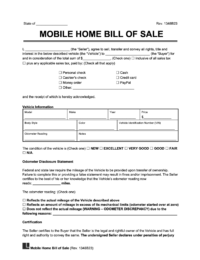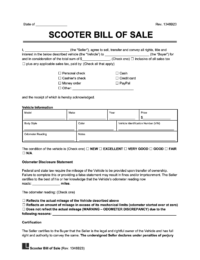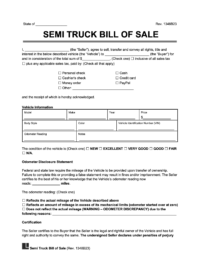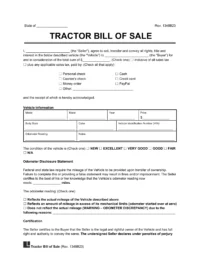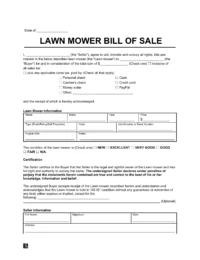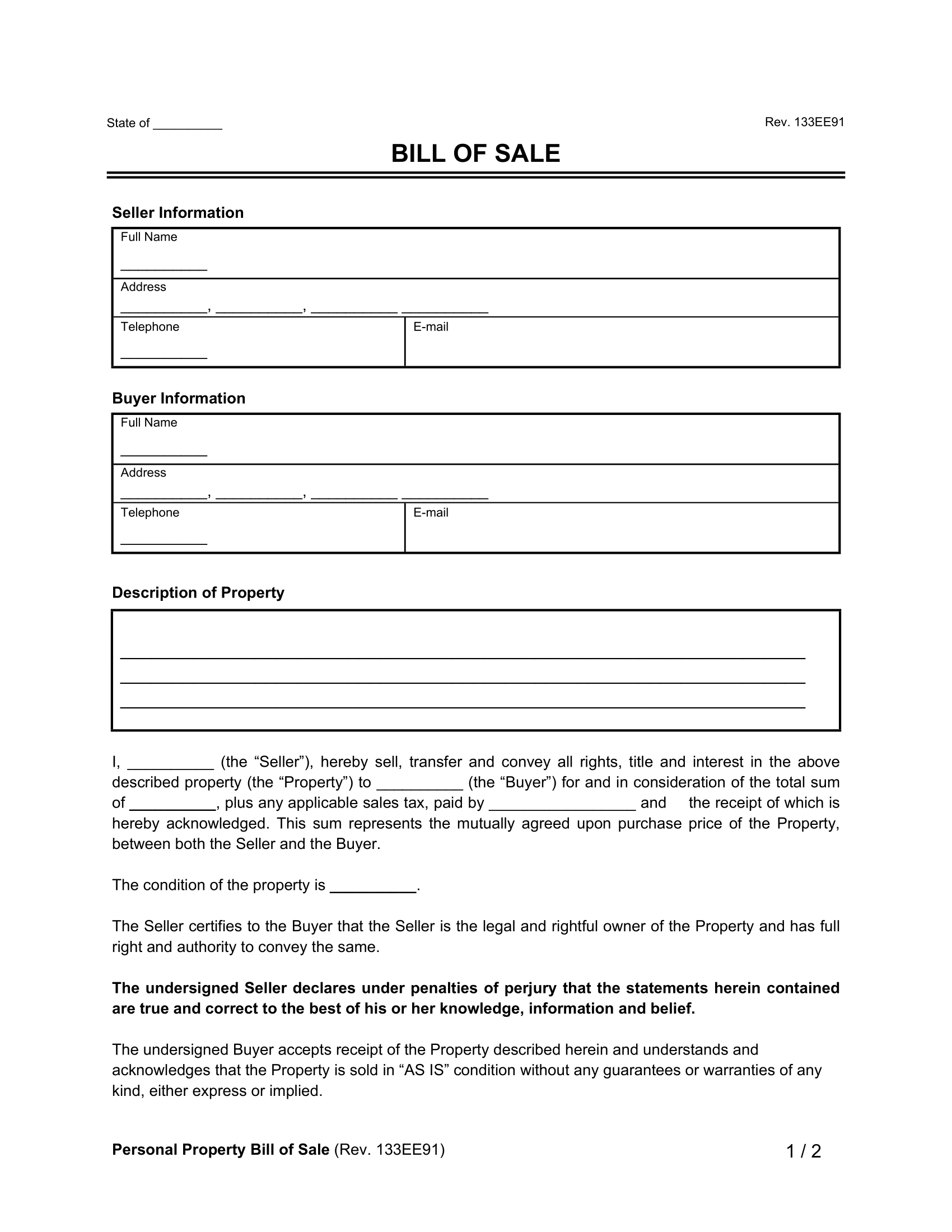A bill of sale is a document that details a sales transaction or transfer of ownership between two parties. Like a receipt, it records the sale or transfer of valuable assets like cars and protects the buyer and seller from future legal disputes over the item’s condition or ownership.
Either party (the buyer or seller) can write a bill of sale, but the seller typically prepares it. Once signed, both parties should keep copies to prove the transaction’s completion.
Legal Considerations
- Is a Bill of Sale Legally Binding? YES
- Do I Need to Get a Bill of Sale Notarized? YES (in many cases)
By State
- Alabama
- Alaska
- Arizona
- Arkansas
- California
- Colorado
- Connecticut
- Delaware
- District of Columbia
- Florida
- Georgia
- Hawaii
- Idaho
- Illinois
- Indiana
- Iowa
- Kansas
- Kentucky
- Louisiana
- Maine
- Maryland
- Massachusetts
- Michigan
- Minnesota
- Mississippi
- Missouri
- Montana
- Nebraska
- Nevada
- New Hampshire
- New Jersey
- New Mexico
- New York
- North Carolina
- North Dakota
- Ohio
- Oklahoma
- Oregon
- Pennsylvania
- Rhode Island
- South Carolina
- South Dakota
- Tennessee
- Texas
- Utah
- Vermont
- Virginia
- Washington
- West Virginia
- Wisconsin
- Wyoming
By Type (31)
Allows you to sell or transfer ownership of a motor vehicle, including automobiles, trucks, vans, and motorcycles.
Motor Vehicle
Specifies and records the transfer of personal property. Contains acknowledgment from a notary public for added authenticity.
Notarized
How to Sell a Vehicle
Step 1 – Prepare the Vehicle for Sale

Prepare the vehicle for sale by completing the following tasks:
- Clean the Vehicle: Remove all trash from the vehicle and give it a thorough cleaning. Wash and detail the exterior and interior to make it more appealing to buyers.
- Address Minor Repairs: Complete minor repairs, like touching up paint scratches, repairing small tears in the upholstery, and fixing windshield chips.
- Gather Maintenance Records: Collect service and repair records to prove you’ve kept up with the vehicle’s maintenance.
Step 2 – Obtain the Vehicle’s Accident History
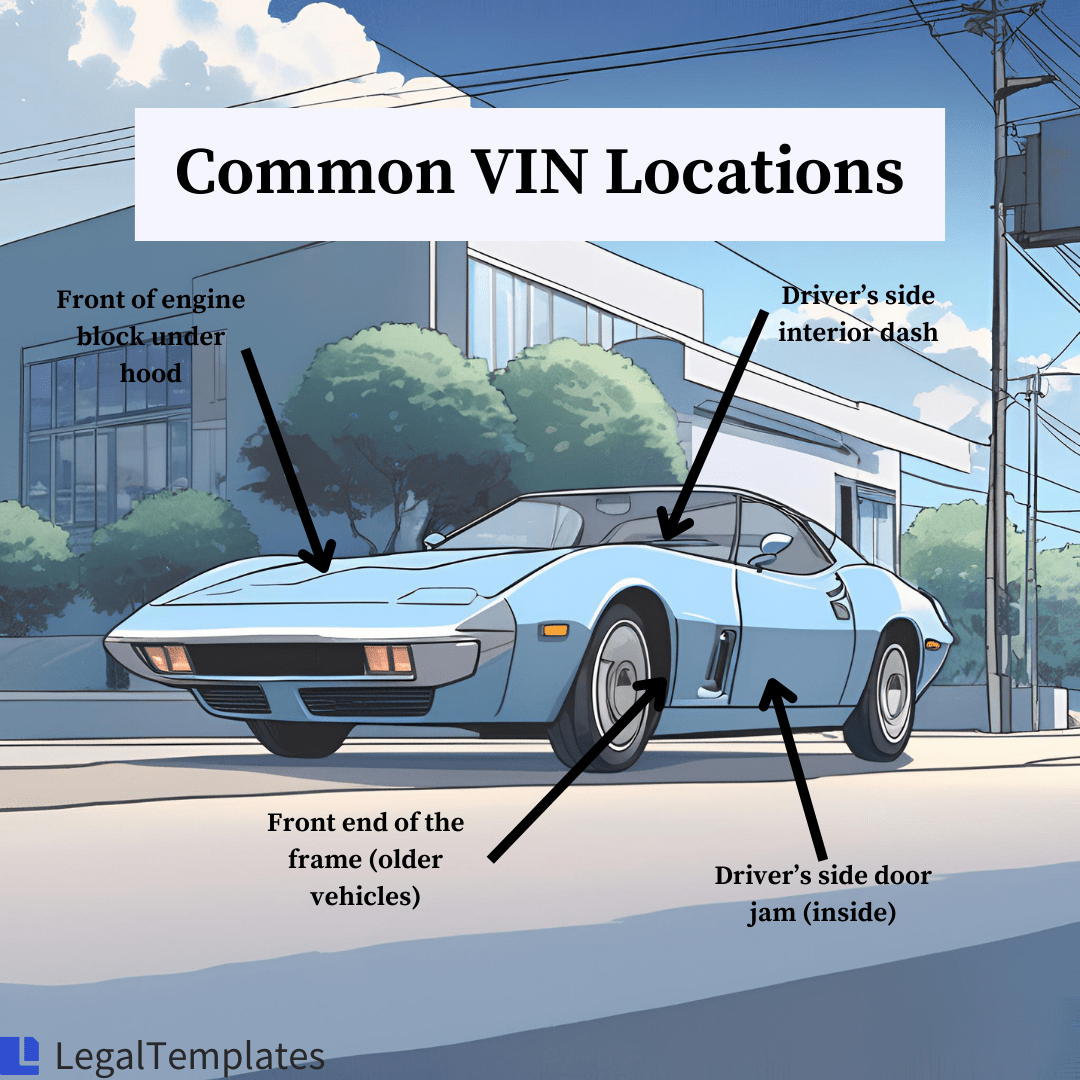
Find your vehicle’s 17-digit VIN (vehicle identification number) to determine its ownership and accident history. It may be on the automobile’s title or registration or on the vehicle itself.
Once you find the VIN, enter it into services like the National Motor Vehicle Title Information System (NMVTIS), AutoCheck, or CARFAX. The VIN will produce detailed records for your specific vehicle based on data reported from law enforcement personnel, repair shops, and insurance companies.
Looking up the ownership and accident history can help you create transparency with buyers, prepare for buyer questions, and issue the necessary disclosures.
Step 3 – Conduct Market Research

Research the standard selling prices for vehicles similar to yours. Use tools like Kelley Blue Book and Edmunds to determine a fair selling price. Input your vehicle’s make, model, year, and condition. Be honest about the condition so
Consider Getting an Inspection
While it’s not necessary, you may have a third party inspect the vehicle. If the inspector can produce a clean report, you may increase buyers’ confidence.
Step 4 – Gather Vehicle Documents

The seller must provide various documents to complete a vehicle sale and transfer ownership to the buyer. These documents include the following:
- Vehicle’s title and registration. If the seller can’t find the title, they can request a duplicate or replacement title from their local motor vehicle office.
- Odometer disclosure statement
- A photo ID, such as a valid state driver’s license
Step 5 – Find a Buyer

Once you complete the aforementioned steps, you can look for a buyer. Take high-quality pictures of your vehicle to showcase all it has to offer. Write a detailed description, including the year, make, model, condition, mileage, asking price, and unique selling points.
List the vehicle on multiple platforms, such as Autotrader, Facebook Marketplace, Craigslist, eBay Motors, Cars.com, and Carvana.
Screen potential buyers and determine their interest and commitment. Assess their response time and obtain the answers to questions like “Have you secured financing?” and “Are you looking to buy it soon?”
Step 6 – Discuss the Price and Terms

Once you find an eager buyer, you can arrange an in-person meeting to negotiate the purchase price and payment terms. Before negotiations begin, it’s wise to decide on the lowest amount you’re willing to accept. This way, you have a baseline for your negotiations.
During negotiations, it’s important to be transparent about the vehicle’s condition and disclose any known defects or issues.
Once you agree on a mutually acceptable price, confirm it in writing to avoid misunderstandings later.
Step 7 – Complete the Sale
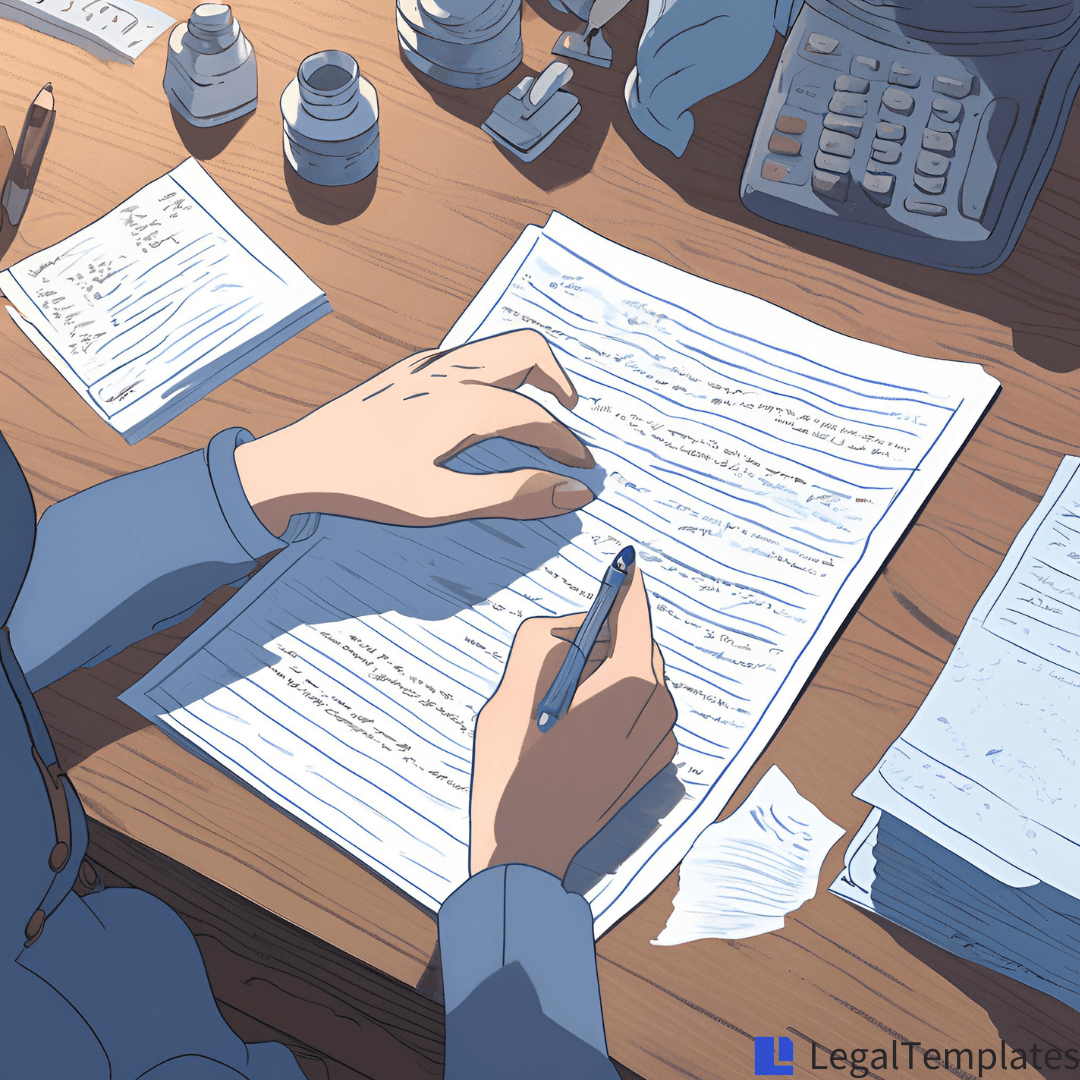
The parties can now complete the sale at an in-person meeting. The buyer will bring the funds, and the seller will bring the vehicle. The seller will sign the title to the buyer, and both parties will sign the bill of sale.
A bill of sale must include details about the parties, vehicle, and transaction. If a warranty is included, the coverage should be clearly defined. If not, the vehicle is sold “as-is.” If your state requires notarization for vehicle bills of sale, you must have a notary observe both parties’ signatures.
Accepting Payment
Accept a secure form of payment. Cash or a cashier’s check is often the safest method, but ensure you issue a receipt to confirm that you received the full amount. Don’t release the vehicle until you’ve received full payment and all the funds have cleared.
Step 8 – Remove License Plates and Cancel Insurance
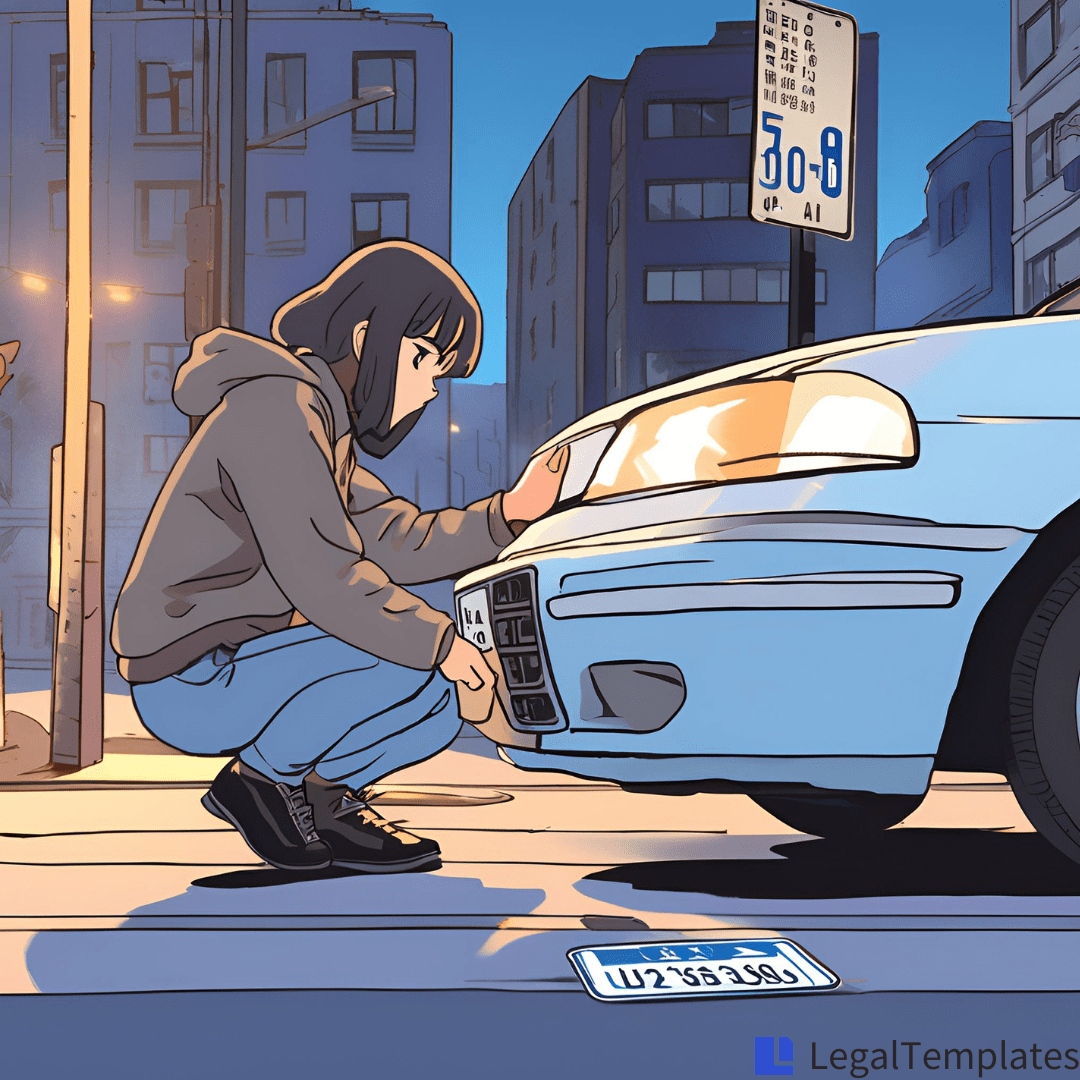
Check your local DMV’s requirements to learn if you need to remove your license plates before giving the vehicle to the new owner. You can also call your insurance company to cancel coverage.
Step 9 – Complete Post-Sale Requirements

Complete any applicable post-sale requirements. Depending on your state, you may need to alert the DMV when you sell a vehicle. You may also have to pay sales tax on the vehicle and submit it to your state’s DMV office.
DMV Offices in Each State
Depending on your state, you may or may not need a bill of sale to transfer vehicle ownership. While a bill of sale is a valuable record of the buyer-seller transaction, it does not serve as proof of ownership on its own—this is the role of a vehicle title.
Learn if your state requires a bill of sale to confirm ownership certification below:
| State | Location | Bill of Sale Required? |
|---|---|---|
| Alabama | Vehicle Licensing Offices | Yes |
| Alaska | Division of Motor Vehicles | No |
| Arizona | Motor Vehicle Division | No |
| Arkansas | Department of Revenue Office | Yes |
| California | Department of Motor Vehicles | No |
How to Write a Bill of Sale
Here’s how to write a bill of sale:
-
Fill in all the Required Information:
- Date: The current date.
- Seller’s & Buyer’s Information: Full name and address of the buyer and seller.
-
Item Description: A detailed description of the item being sold, including:
- Make, model, and serial number (if applicable)
- Year (if applicable)
- Condition (e.g., new, excellent condition, used)
- Selling Price: The amount the buyer will pay for the item.
- Payment Terms: The payment method the buyer will use (cash, cashier’s check, personal check, credit card, etc.)
- Sign: The seller and buyer should sign the document in the designated areas.
- Make Copies: Create copies for the seller and buyer to keep for their records.
Bill of Sale Sample
